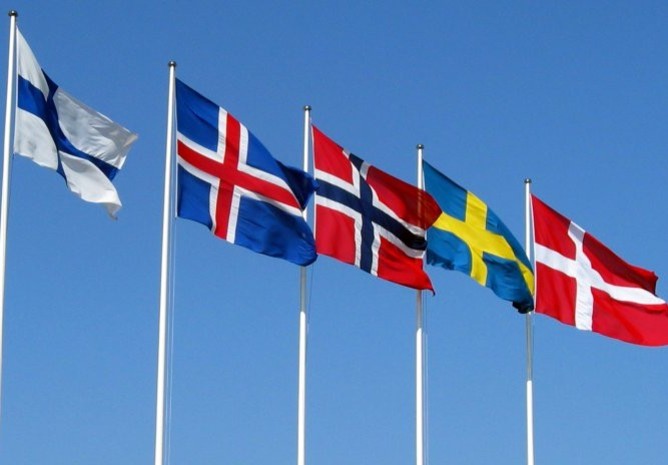The “Nordic model” of prostitution is often heralded for being particularly progressive and woman-friendly, built on a feminist definition of prostitution as a form of male violence against women. France has moved to adopt a Nordic-inspired approach; policy makers are urging the UK to do the same. But the idea of such a model is misleading, and in no way tells the whole truth about what is going on in the region where it supposedly applies.
We recently gave a talk titled “The Nordic model of prostitution policy does not exist”. The aim was to provoke reflection and a discussion, but also to tell the truth about prostitution policies in the Nordic countries.
We have researched Nordic prostitution policies since the mid-nineties, and in particular headed a large comparative project on Nordic prostitution policies and markets in 2007-2008. In our work, we examined how Denmark, Finland, Iceland, Norway and Sweden approach prostitution through criminal justice and welfare policies, and reviewed the evidence for how these policies impact Nordic prostitution markets and the people who work in them.
We found that the differences not only between, but also within, the Nordic countries are too great for there to be anything like a shared “Nordic” model – and that the case for their success is far more fraught than popular support would suggest.
Only Sweden, Norway and Iceland have acts unilaterally criminalising the purchase of sex. Finland has a partial ban; Denmark has opted for decriminalisation. The “Nordic model”, then, is in fact confined to only three countries.
These countries’ laws prohibiting the purchase of sex are often depicted as ways to redistribute the guilt and shame of prostitution from the seller to the buyer of sex. However, this was by no means the only argument for their introduction. Contrary to many common feminist appraisals, these laws do not in fact send a clear message as to what and who is the problem with prostitution; on the contrary, they are often implemented in ways that produce negative outcomes for people in prostitution.
In truth, while these laws have attracted flattering attention internationally, the politics and practices associated with them are very complex. In particular, they are sometimes applied in conjunction with other laws, by-laws and practices specifically aimed at pinning the blame for prostitution on people who sell sex, particularly if they are migrants. For these and other reasons, the Nordic countries’ approaches must be judged with caution – and none more so than the most popular example, the case of Sweden.







Nice to see some push-back on this nonsense from a respected source. Also pleased to see someone else call out “The Nordic Model” for its inherent racism and xenophobia. Is it a coincidence that these laws have gained support in countries where there’s a lot of tension between non-white immigrants and countries with long histories of prejudice and discrimination? Do you believe in Santa Claus? Nowhere is this more obvious than in France. The French have had a tolerant attitude toward sex work literally for centuries. The closing of the Parisian bordellos after WWII was as much the work of… Read more »
[…] political women’s magazine EMMA, and campaigner for the “Swedish” or “Nordic Model” of sex work policy — accused news magazine Spiegel on Sunday of trying to damage her […]
[…] This spring, two high-level Calgary police officials and a City of Calgary bylaw employee flew to Stockholm for a closer look at the Nordic model of prostitution and whether it could work on Canadian streets. The first thing they realized is that a uniform Nordic model of prostitution doesn’t exist. […]